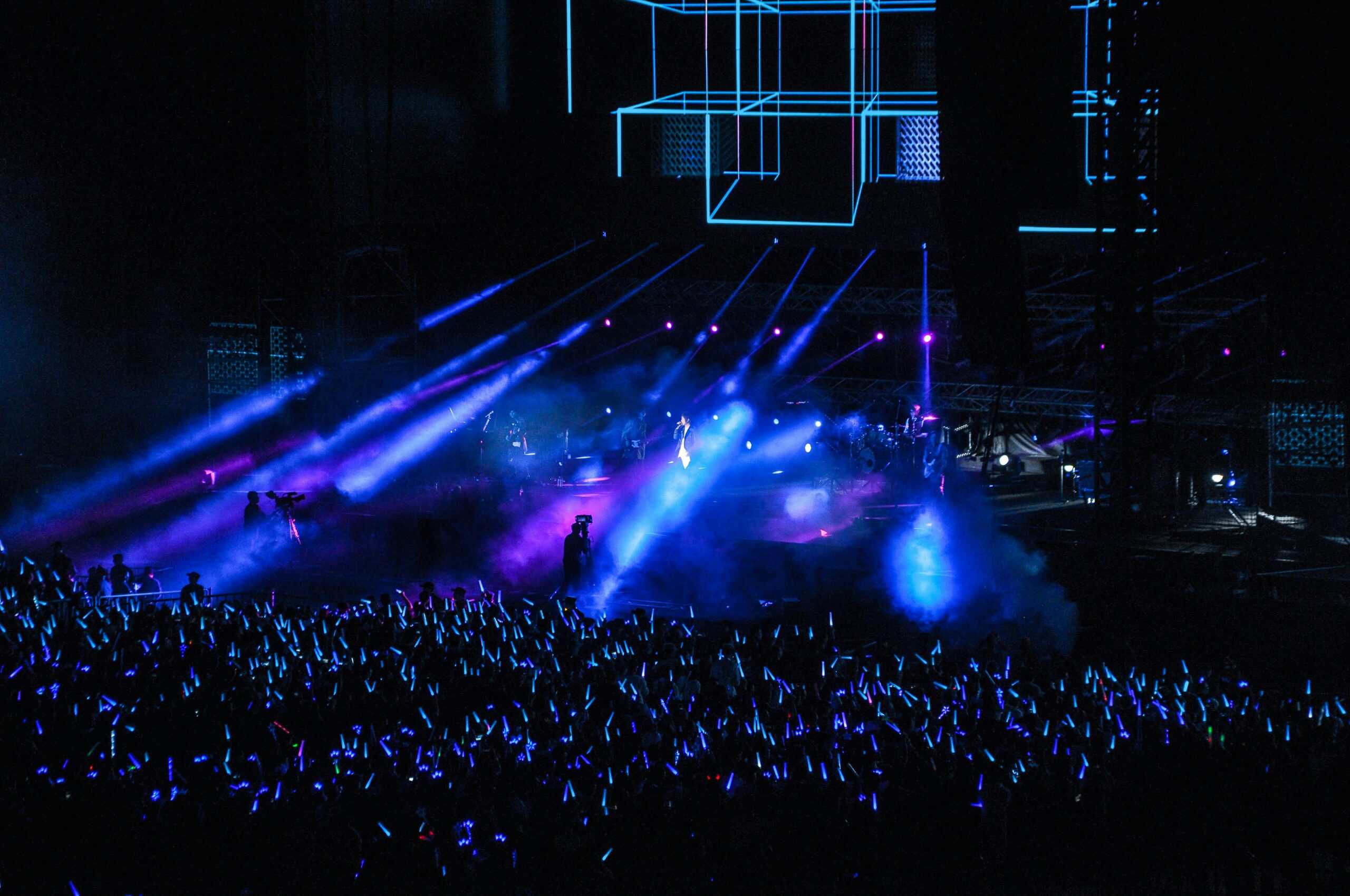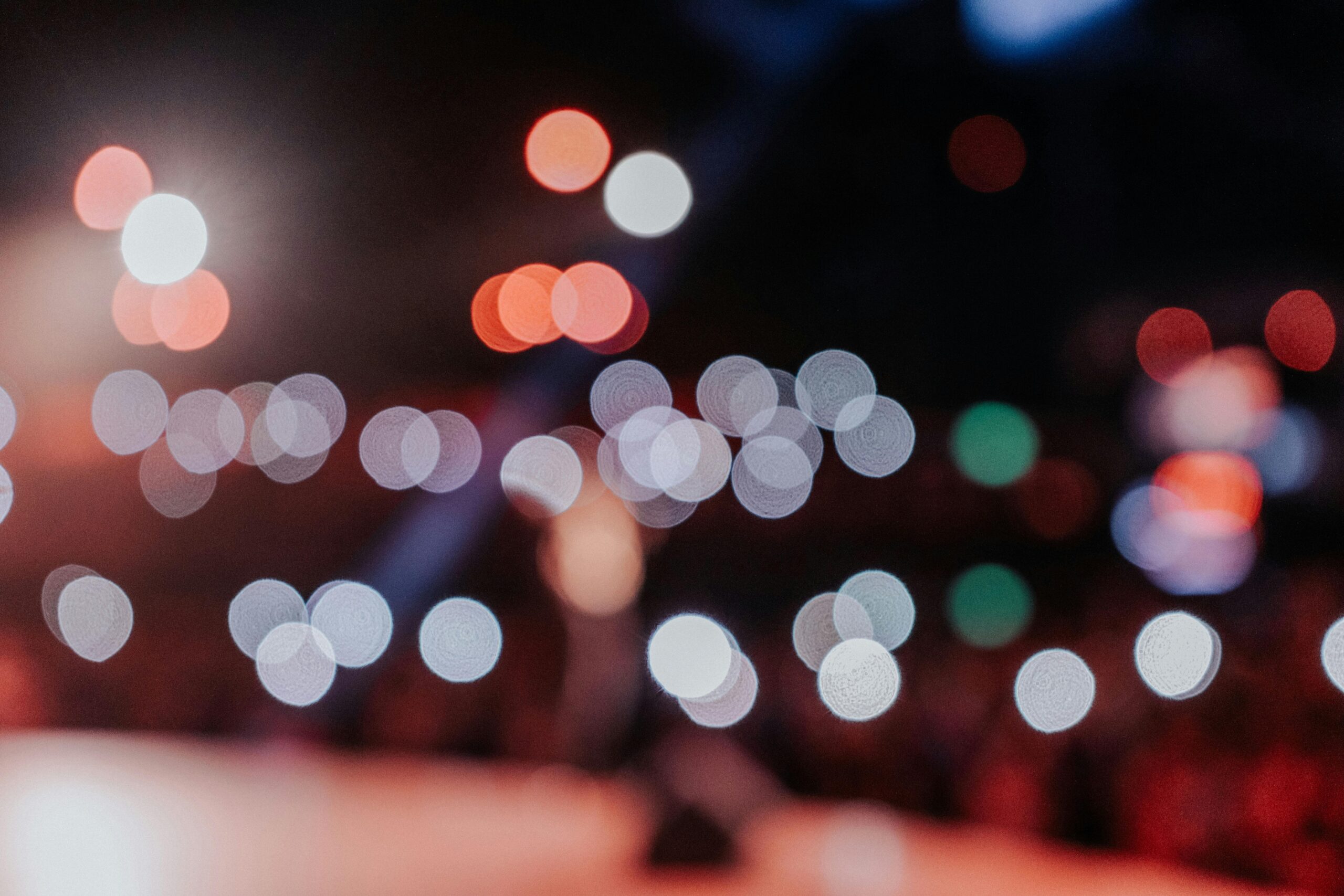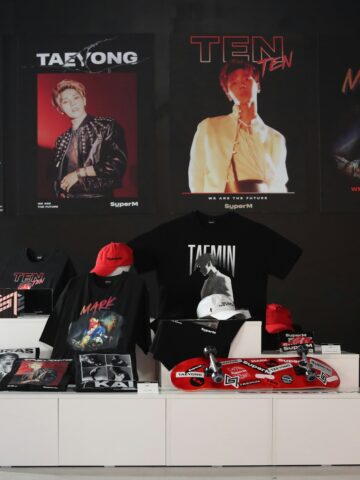Concert halls get dark for a reason, so the lightsticks can tell their own story.
Fans don’t just show up with glowing plastic; they show up with history, technology, inside jokes, and a whole lot of unspoken rules. That’s where “lightstick lore” comes in: all the tiny details that turn a simple gadget into a core part of the fandom experience.
Below is a full guide to what lightsticks are, where they came from, the hidden modes nobody talks about on the box, and the concert hacks that make all the difference when the lights go down.

Jump to:
- ✨ What Exactly Is a Lightstick and Why It Matters in Fandom Culture
- 🕰️ From Balloons to Bluetooth: A Short History of K-Pop Lightsticks
- 🎨 Iconic Lightstick Designs and the Stories Behind Them
- 💡 Getting to Know Your Lightstick: Basic Features Explained
- 🧩 Hidden Modes and Secret Combos: How to Unlock Them Safely
- 🎒 Concert Prep 101: Lightstick Checklist Before You Leave Home
- 🎵 In-Concert Hacks: Using Your Lightstick Like a Pro
- 🧼 Post-Concert Care: Cleaning, Storing, and Displaying Your Lightstick
- 🛠️ When Things Go Wrong: Common Lightstick Issues and Quick Fixes
- ❓ Frequently Asked Questions
- 💬 Comments
✨ What Exactly Is a Lightstick and Why It Matters in Fandom Culture
A lightstick is technically just an LED device shaped and branded for a specific artist or group, but culturally, it is so much more than that; it’s a symbol of belonging, a portable banner, and a way for thousands of people to communicate without saying a word.
In a crowd, lightsticks help fans find each other, form a sea of color, and show support in a very visible way; even from the stage, artists can see pockets of light moving, waving, and reacting in real time, which turns every song into a shared performance between stage and audience. For many fans, the first official lightstick is a milestone: a quiet “okay, this is not just casual listening anymore.”
Beyond concerts, lightsticks often show up in birthday events, streaming parties, fan projects, and room decor, so they literally glow through different seasons of a fan’s journey, collecting memories with every dent, scratch, or battery change.
🕰️ From Balloons to Bluetooth: A Short History of K-Pop Lightsticks
Before fancy Bluetooth and custom designs, fans relied on colored balloons, handmade banners, and cheap glowsticks to represent their fandoms; different colors were claimed and defended, and entire sections of stadiums would be filled with a single shade, creating what people started calling “oceans.”
As K-pop and pop fandoms evolved, agencies and artists realized there was a chance to create something more official and recognizable, so the first official lightsticks started appearing: simple at first, but branded enough that you could instantly tell which group someone supported even from far away.
Over time, these sticks began to upgrade: more LEDs, multiple colors, sturdier plastic, and eventually, Bluetooth connections that could sync with a central system in the venue.
Now, at big concerts, entire crowds can be controlled from a laptop or control booth; the lightsticks flicker and change color in sync with the music, animations run across the crowd like a wave, and fans become part of the stage design. What started as balloons and glowsticks has grown into a full-blown piece of concert tech.

🎨 Iconic Lightstick Designs and the Stories Behind Them
Lightsticks are not just random shapes thrown together; most designs are deeply tied to an artist’s logo, lore, or concept. Some lightsticks take inspiration from the group’s emblem or fandom name, others incorporate symbols from music videos, album art, or even inside jokes that only fans would recognize.
Colors are just as intentional; they usually match the official fandom color or palette, which is why a single lightstick wave can make the whole arena be instantly recognizable in photos and fancams. Some designs lean toward minimalist and sleek, while others are playful, whimsical, or even slightly chaotic on purpose, matching the group’s personality.
This is why fans can get so emotionally attached; when an artist rebrands or updates a lightstick version, the old one doesn’t suddenly become useless, it turns into a piece of history, like a snapshot of a specific era in the fandom.
💡 Getting to Know Your Lightstick: Basic Features Explained
Before diving into secret modes, it helps to understand the basics. Most official lightsticks include:
- Power button – Usually a single button that turns the device on and off, and cycling through modes with repeated presses.
- Mode button (if separate) – Some sticks have a dedicated button for switching light patterns or colors.
- Brightness levels – Certain models have multiple brightness intensities to save battery or adjust to the venue lighting.
- Color modes – Some lightsticks only display one or two colors, while others can cycle through an entire spectrum, especially when designed for Bluetooth sync.
- Battery compartment or charging port – Older or simpler designs usually take AA/AAA batteries, while newer versions often come with rechargeable batteries and USB charging.
- Indicator lights – Tiny LEDs that show whether Bluetooth is connected, pairing mode is active, or if battery levels are low.
Getting comfortable with these basics at home, before the concert, saves a lot of stress later; it means fewer panicked moments in the dark trying to unscrew the battery cap while the opening song already started.

🧩 Hidden Modes and Secret Combos: How to Unlock Them Safely
Many lightsticks come with extra modes that aren’t prominently advertised on the packaging; these hidden modes might include special blinking patterns, color cycles, or “party modes” that loop through multiple effects, which fans discover through manuals, forums, or pure experimentation.
Common tricks include:
- Long-pressing the power button for a few seconds to activate or deactivate a special mode.
- Double-tapping or triple-tapping a button within a short time.
- Holding two buttons at once (where a separate mode/Bluetooth button exists).
However, there is a line between fun experimentation and risky button mashing; some lightsticks enter firmware update mode or pairing/reset modes through similar button combinations, and accidentally triggering those in the middle of a concert can cause the device to disconnect from venue sync or stop responding altogether.
Best practice:
- Check fan guides, forums, or short tutorials about your specific model.
- Test all hidden modes at home so you know exactly how to enter and exit them.
- Avoid pressing random long combinations once at the venue, especially while the lightstick is linked to the seat or app.
🎒 Concert Prep 101: Lightstick Checklist Before You Leave Home
Lightstick preparation can be the difference between fully enjoying the show and spending half of it stuck on the floor changing batteries, so a simple checklist helps:
- Insert fresh batteries or fully charge the lightstick the night before.
- Bring spare batteries in a small pouch if your stick isn’t rechargeable.
- Update firmware at home where the connection is stable.
- Test Bluetooth pairing with the official app, if required.
- Attach a wrist strap or lanyard so it doesn’t fly off during hyped moments.
- Pack a soft case or bubble wrap if you need to travel or commute to the venue.
- Know the venue rules in case there are restrictions on unofficial or oversized devices.
A bit of prep turns the lightstick from “one more thing to worry about” into a ready-to-go concert partner.

🎵 In-Concert Hacks: Using Your Lightstick Like a Pro
Once the show starts, lightstick etiquette and strategy come into play. A few simple “hacks” can level up the experience:
- Follow staff or app instructions on when to connect or disconnect; some sections of the show may require manual modes, while others rely entirely on sync.
- Point the lightstick upward and slightly outward so the beam shows better on cameras and in crowd shots.
- Match fan chants and planned projects when possible; sometimes fanbases organize specific waves, heart shapes, or special color patterns, especially during encore or fan songs.
- Save battery during breaks by turning off the lightstick between sets if the show is long and the device isn’t in active sync mode.
- Stay aware of your surroundings so the lightstick doesn’t hit someone’s face during intense jumping or dancing moments.
Using the lightstick like a pro doesn’t mean doing complicated tricks; it simply means being mindful of timing, battery, and crowd flow so the whole section looks cohesive.
🧼 Post-Concert Care: Cleaning, Storing, and Displaying Your Lightstick
After the last encore, the lightstick still has a role to play. Post-concert care can extend its life:
- Turn it off and remove the batteries if you don’t plan to use it for a while, which helps prevent leakage and corrosion.
- Wipe the exterior gently with a soft, dry or slightly damp cloth to remove sweat, dust, or fingerprints.
- Avoid harsh cleaners or soaking, especially near seams and electronic components.
- Store it somewhere cool and dry, away from direct sunlight that could discolor the plastic over time.
- Consider display options like stands, shelves, or wall mounts; some fans display lightsticks as part of their room decor, along with albums and photo cards.
Taking a bit of time to care for the lightstick after each event helps keep it ready for the next tour, fan gathering, or even just a random “concert in the bedroom” moment.
🛠️ When Things Go Wrong: Common Lightstick Issues and Quick Fixes
Even the best lightsticks can fail at the worst times, but some issues have simple fixes:
- Not turning on – Check battery orientation, replace with fresh batteries, and make sure the compartment is closed properly.
- Flickering or dim light – Often a sign of low batteries, loose battery contact, or, in some cases, worn-out LEDs.
- Buttons not responding – Try removing batteries, waiting a few minutes, then reinserting them; occasional internal resets can help.
- Bluetooth not pairing – Ensure the stick is in pairing mode, restart the app, toggle your phone’s Bluetooth, and avoid overcrowded Wi-Fi or Bluetooth zones when setting it up.
- Randomly disconnecting during concerts – Low battery, outdated firmware, or interference can all cause this; that’s why prep at home matters.
If nothing works, checking official support channels or trusted fan communities is the next step; sometimes certain batches are known to have quirks and there are specific workarounds.
❓ Frequently Asked Questions
Not always. Some venues allow generic glowsticks or phone flashlights, and you’ll still be able to enjoy the show. However, an official lightstick is usually needed if you want to be part of the synced light ocean, since only registered official sticks connect to the concert’s control system. It also doubles as a collectible and a visible way to show support for that specific artist or group.
Most of the time, connection issues come from low batteries, outdated firmware, or not being in the correct pairing mode. Make sure your batteries are fresh or fully charged, update the firmware at home, and follow the app’s pairing instructions step-by-step. At the venue, avoid pairing right next to too many other phones or routers if possible, because heavy Bluetooth traffic can slow things down.
It depends. Secondhand official lightsticks from trusted resellers or fellow fans can be fine, especially if they show clear photos, proof of purchase, or video of the lightstick working. Unofficial replicas, however, may not sync at concerts, may break easily, or have battery and safety issues. If the goal is to join the official light show and keep the stick long-term, it’s safer to invest in a verified official one whenever you can.





Comments
No Comments